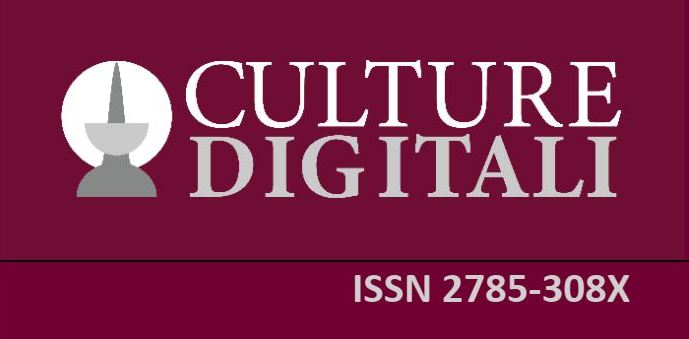Cristiana Pivetta (*)
Abstract
The school doesn’t become an attractive place for students by equipping the environments with tools and programs but in fact building learning processes with students. Innovation consists in effectively making students protagonists of learning to ensure an accessible and effective training path.
Key words: digital learning, tool, innovation, communication, engagement
The changes taking place on the digital level have a particular impact on the school institution, which is called to face new challenges in order to remain credible.
Over the last few years, characterized by the global pandemic of Covid, impetus and vitality have absurdly given to the school institution as a place which is not only educational but also able to build socializing and empathic experiences.
The direction taken by educational institutions involves the adoption of digital tools and their integration into everyday learning, also in order to ensure greater inclusivity and equality.
The technological tools are certainly close to the world of students but are alone insufficient if you don’t use their communicative languages. Therefore school cannot be an attractive place without the commitment of those who work init there in a truly innovative direction in the field of learning processes.
In fact, innovation cannot be entrusted to a tool or an interactive program because students get very tired of innovations very quickly but must be built through shared learning paths.
Designing, building, and organizing the subjects of the disciplines with students doesn’t mean leaving or abandoning the learning processes to the students. It’s the role of the teacher that adapts and becomes flexible by taking on various nuances from tutor to coach, motivator.
That said, it seems easy to make a breakthrough, but resistance continues to be strong on two fronts. On the one hand, students accustomed to traditional teaching find it difficult to move from a passive role to an active role as builders of their skills. On the other hand, the conviction of a good segment of teachers who believe in their disciplines there is no possibility for an alternative to the traditional method.
The crisis of learning is closely related to communication processes. In fact, our students are used to predominantly digital communication. The communicative code is almost always written and takes place on social and messaging chats. The verbality continues to lose ground and thus the use and perception of oral language escapes the students.
Students aren’t used to listening and have lost the sense of the word, their vocabulary is increasingly limited, and the specific languages of the disciplines become for them complete strangers.
The lesson should therefore be rethought and divided into many micro-temporal spaces dedicated to discussion, in-depth activities, and reinforcement. The reworking of topics in digital documents by students with PCs, tablets, and smartphones without demonizing them involves each student with their own code. Learning activities of this type turn into customizable pathways allowing students to achieve their goals. In this way we “engage” students by involving the whole of their person proposing concrete problems without losing sight of the teaching of human, social and cultural skills, so much requested.
The learning journey can be stimulated using specific methodologies. Cooperative learning turns out to be the most appreciated methodology because according to the students you can confront, combine ideas, work with pleasure and in less time. The debate is evaluated in the same way as it allows you to address topics related to everyday life, to support and counter the statements of other teams.
There is therefore not only one method but several methods that must be wisely mixed and alternated according to the activities.
It’s up to us teachers to take note of adapting the teaching new methodologies and find the right interaction with a constantly evolving generation of learners.

(*) Cristiana Pivetta
Teacher of Italian Language and Literature works at the ITCG ANGIOY in Carbonia (Italy). She has been dealing for years with online training and presence on the strategic use of technologies applied to everyday teaching.
She is the author of numerous publications on learning methodologies and the use of immersive worlds.
Bibliography
E.G. Cohen (1999). Organizzare i gruppi cooperativi. Ruoli, funzioni, attività, Erickson, Trento.
M. Comoglio (1999). Educare insegnando. Apprendere ad applicare il Cooperative Learning, LAS, Roma.
Cinganotto L., Mosa E., Panzavolta S. (2021). Il Debate. Una metodologia per potenziare le competenze chiave. Carocci editore, Roma.
